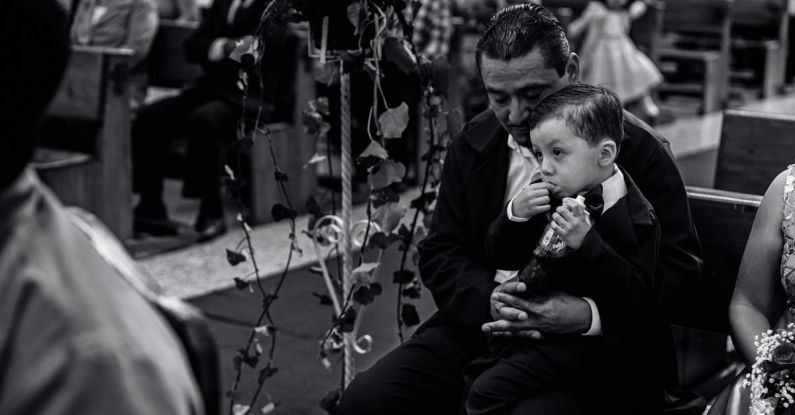Funeral customs vary widely across cultures, reflecting the diverse ways in which societies honor their deceased loved ones. While some practices may seem unusual or even bizarre to outsiders, they hold deep significance and meaning within the context of the respective communities. From elaborate ceremonies to unique rituals, funeral customs worldwide offer a glimpse into the rich tapestry of human traditions and beliefs.
Day of the Dead in Mexico
One of the most well-known and colorful funeral customs worldwide is Mexico’s Day of the Dead, or Dia de los Muertos. Celebrated on November 1st and 2nd, this holiday honors deceased family members and friends. Families create elaborate altars, or ofrendas, adorned with photos, candles, and marigolds. They also visit gravesites, where they share food, drink, and stories with their departed loved ones. The festive atmosphere is meant to celebrate life and remember the deceased in a joyful way.
Sky Burials in Tibet
In Tibet, the traditional funeral practice of sky burial involves placing the deceased on a mountaintop to be exposed to the elements and scavenging birds. The belief is that the body should be returned to nature and that the vultures serve as intermediaries between the living and the dead. While this practice may seem macabre to some, Tibetans view it as a sacred and environmentally friendly way to dispose of the body.
Ghanaian Fantasy Coffins
In Ghana, funerals are elaborate affairs that often include the use of fantasy coffins shaped like objects that represent the deceased’s occupation or interests. These custom-made coffins can take the form of animals, cars, fruits, or even airplanes. The belief is that the deceased will continue their journey in the afterlife with the same passion and vigor that they had in life. This unique funeral tradition showcases the importance of celebrating an individual’s life and personality in a creative and personalized way.
Endocannibalism in Papua New Guinea
Among the Fore people of Papua New Guinea, a practice known as endocannibalism was once a common funeral ritual. In this tradition, the deceased’s body would be cooked and consumed by family members as a way of honoring and gaining strength from the deceased’s spirit. While this practice is no longer widespread due to health concerns, it offers a fascinating insight into the complex relationship between the living and the dead in certain cultures.
Floating Coffins in Indonesia
In the Toraja region of Indonesia, the Ma’nene festival involves exhuming the bodies of deceased loved ones, dressing them in new clothes, and parading them through the streets in a ritual known as the “walking dead.” The bodies are then placed in ornate coffins and stored in caves or hung from cliffs. This unique funeral custom reflects the belief that the deceased are still a part of the community and should be cared for even after death.
Conclusion: Celebrating Diversity in Funeral Customs
Funeral customs worldwide offer a window into the rich tapestry of human beliefs, traditions, and cultural practices. While some customs may seem strange or unfamiliar, they all serve the common purpose of honoring and remembering the deceased in ways that are meaningful to their loved ones. From colorful celebrations to solemn rituals, funeral customs provide insight into the diverse ways in which different cultures approach death and the afterlife. By embracing and respecting these differences, we can gain a deeper appreciation for the complexity and beauty of human cultural diversity.
